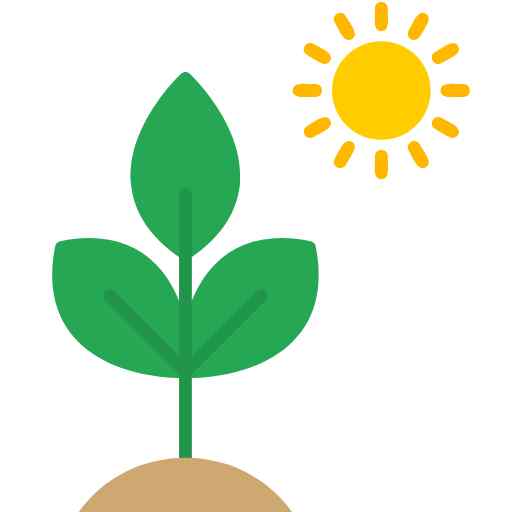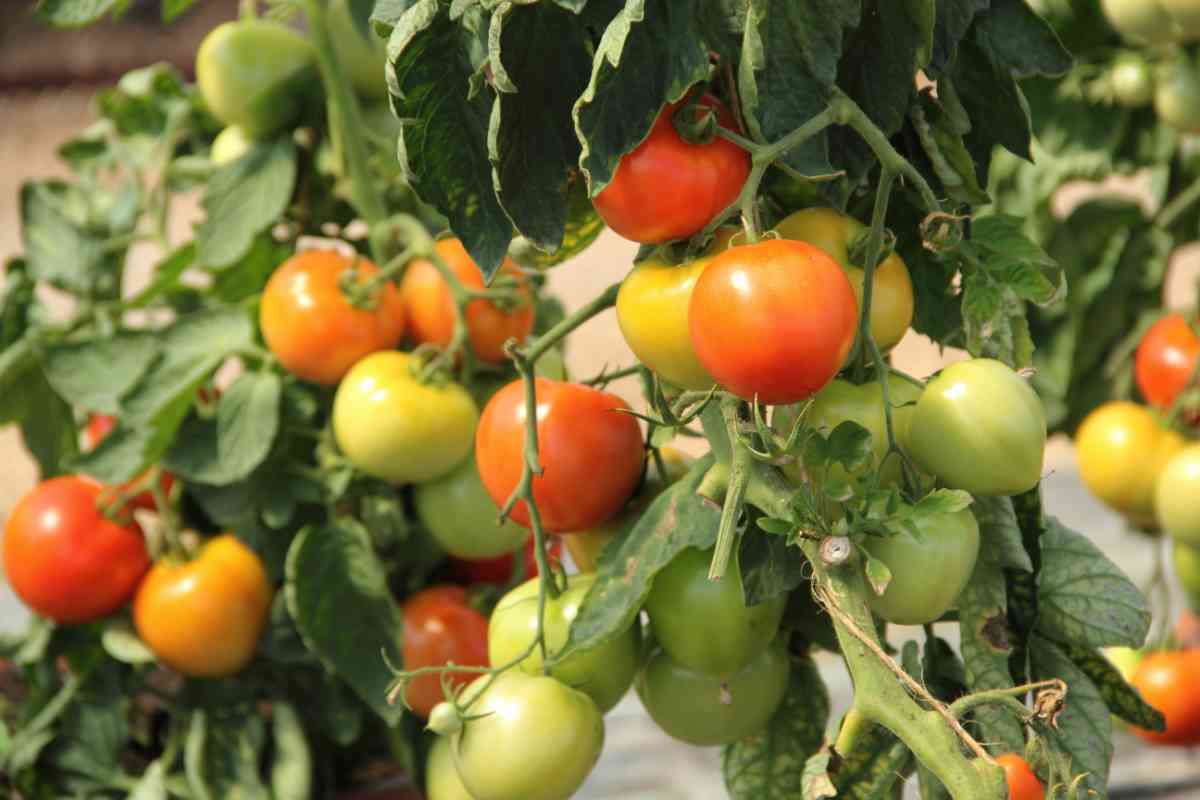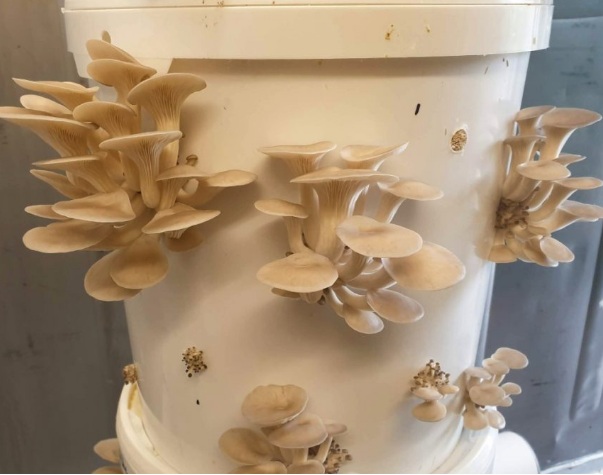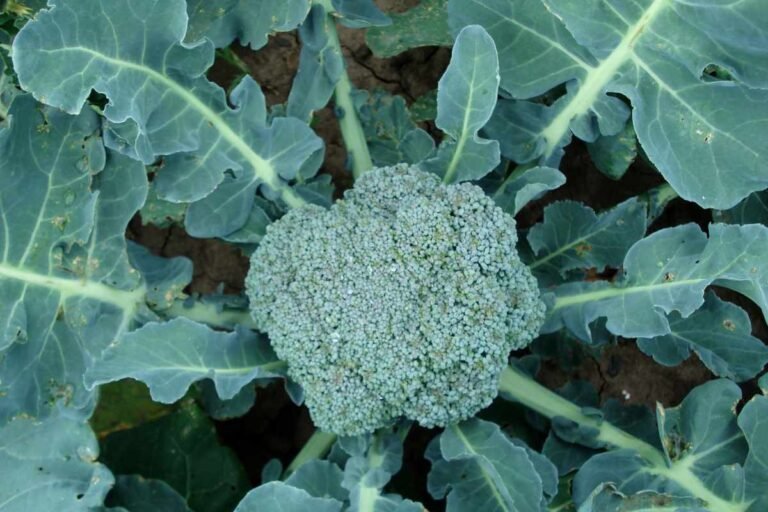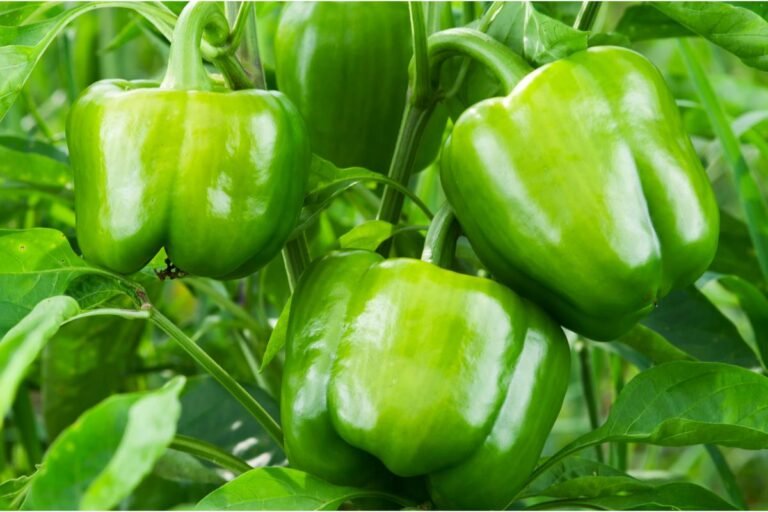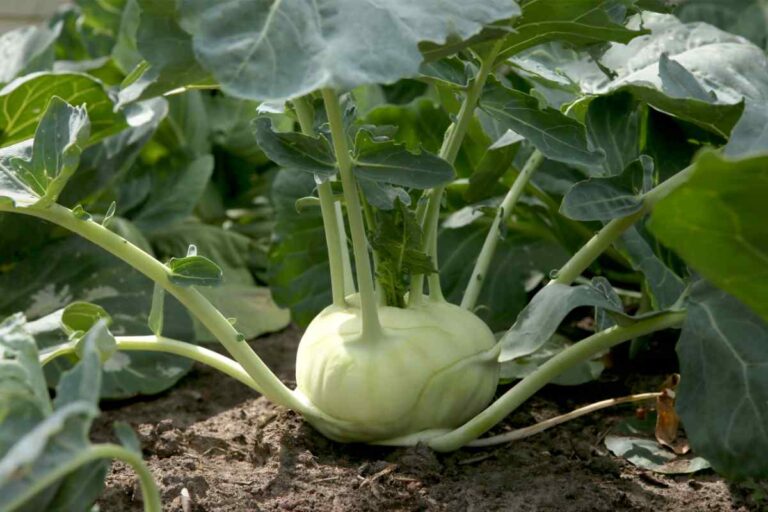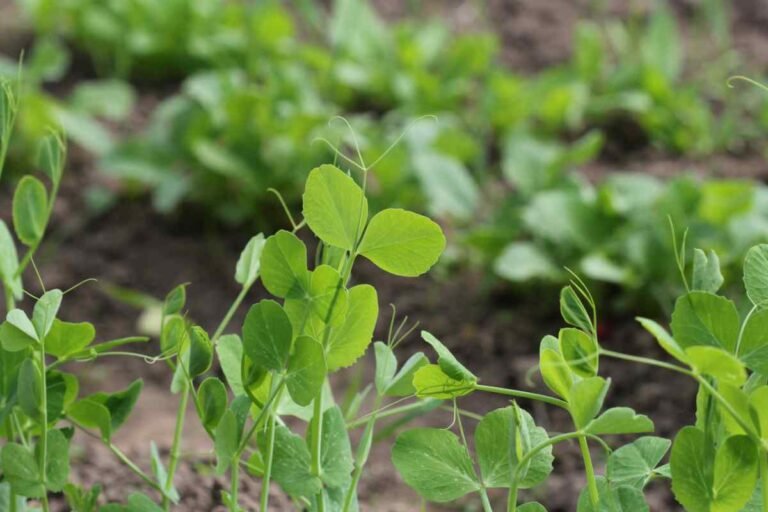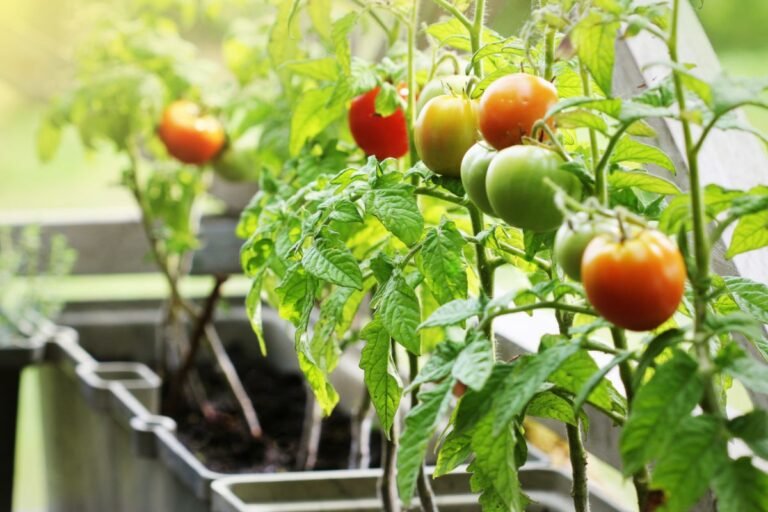How to Grow Pomato Plant
A marvel of the plant world, the pomato plant, or as some like to call it, the “half potato half tomato” plant, is a unique fusion of two of the most beloved vegetables in the world. A pomato plant is the result of grafting a tomato plant onto a potato plant, producing a plant that bears tomatoes on top and grows potatoes underground. This guide will explore the fascinating process of how to grow pomato plant in your own garden.
The Science behind the Pomato: Grafting Explained
The secret behind the pomato plant is a horticultural technique known as grafting. This process involves attaching the top part (scion) of one plant to the root system (rootstock) of another. In the case of the pomato, the scion is a tomato plant, and the rootstock is a potato plant.
Grafting tomatoes on potatoes is not a new concept; it’s been practiced for years by garden enthusiasts and professional horticulturists alike. It allows you to grow two crops in the space of one, making it an excellent choice for those with limited garden space.
Preparing for Grafting: Potato and Tomato Plant Selection
The first step to grow a pomato plant is to choose suitable potato and tomato varieties for grafting. You should select varieties that have similar stem diameters to ensure a successful graft. For instance, cherry or plum tomato varieties often work well due to their smaller size.
The Grafting Process: Tomato on Potato
Step 1: Starting the Rootstock
Begin by planting a potato in a pot or directly in your garden. Once the potato sprouts and has a sturdy stem, it’s ready for grafting.
Step 2: Preparing the Scion
While your potato plant is growing, start your tomato seeds indoors. When your tomato seedlings are about the same size as your potato plant, they’re ready to be grafted.
Step 3: The Grafting Process
This is where the magic happens. Cut both the tomato and potato plants at a 45-degree angle. Then, join the tomato plant to the potato plant, ensuring the cut surfaces match as closely as possible.
Step 4: Securing the Graft
Use grafting tape or a similar material to secure the graft. This tape will hold the two plants together while the graft heals.
Caring for Your Pomato Plant
After grafting, the pomato plant requires careful monitoring and care to ensure the graft heals and the plant thrives. It’s important to keep the soil moist but not waterlogged. If you notice any suckers or growth below the graft on the potato plant, remove them immediately. These can drain energy from the graft and reduce your
yield. Provide your pomato plant with adequate sunlight and protect it from harsh weather conditions.
As your pomato plant grows, it will require a support system like a trellis or cage to prevent the tomato-bearing branches from breaking under the weight of the fruit. Ensure that the support system is sturdy enough to hold both the weight of the tomatoes and the potatoes growing underground.
Harvesting the Fruits of Your Labor: Pomatoes
The time to harvest your pomatoes will vary depending on the varieties of tomato and potato you’ve chosen. Generally, tomatoes will be ready for harvest when they are fully colored and slightly soft to the touch. Potatoes can be harvested once the plant’s foliage starts to wither and die back, which is usually a couple of months after the tomatoes have been picked.
Potential Challenges in Growing Pomato Plants
While growing pomato plants can be a rewarding and space-saving endeavor, there are some challenges you might face:
Compatibility Issues: Not all tomato and potato plants are compatible for grafting. It’s essential to choose varieties with similar stem diameters and growth habits.
Disease Susceptibility: One of the downsides of grafting is the potential for disease transmission between the plants. If one plant is infected, the disease can quickly spread to the other.
Lower Yields: In some cases, pomato plants may produce lower yields than their separate counterparts due to the plant focusing its energy on healing the graft.
Despite these challenges, the pomato plant remains a fascinating and fun project for avid gardeners looking for a unique and space-saving addition to their garden.
Final Thought
Growing a pomato plant is an exciting and rewarding gardening project that allows you to enjoy the benefits of two popular vegetables in one plant. By carefully selecting compatible varieties and mastering the grafting process, you can cultivate a thriving pomato plant in your garden. With proper care and attention, you’ll soon be enjoying the delicious fruits (and tubers) of your labor.
Let’ Have a Quick Overview – FAQs
What is a pomato plant?
A pomato plant, sometimes referred to as a “half potato half tomato” plant, is the result of grafting a tomato plant (the scion) onto a potato plant (the rootstock). This unique hybrid grows tomatoes above ground and potatoes below ground.
How do I graft a tomato plant onto a potato plant?
Grafting involves attaching the top part of one plant (the scion) to the root system (the rootstock) of another. After selecting compatible potato and tomato plants, cut both plants at a 45-degree angle. Then, join the tomato plant to the potato plant, making sure the cut surfaces match as closely as possible. Secure the graft with grafting tape or a similar material.
Can I grow pomato plants in any climate?
Pomato plants can thrive in a variety of climates, but they do best in conditions that favor both tomatoes and potatoes. This typically includes a sunny location with well-draining soil.
How do I care for a pomato plant?
Pomato plants require regular watering, adequate sunlight, and a sturdy support system for the tomato-bearing branches. It’s important to remove any suckers or growth below the graft on the potato plant, as these can drain energy from the graft.
When should I harvest my pomato plant?
Tomatoes from a pomato plant are typically ready for harvest when they are fully colored and slightly soft to the touch. The potatoes can be harvested once the plant’s foliage starts to wither and die back, usually a couple of months after the tomatoes have been picked.
What are some challenges in growing pomato plants?
Challenges include compatibility issues between the tomato and potato varieties, susceptibility to diseases, and potential lower yields compared to growing the plants separately.
Where can I get pomato seeds?
You cannot buy pomato seeds because the plant is the result of grafting, not genetic modification. To grow a pomato plant, you need to graft a tomato plant onto a potato plant.
Can I plant tomatoes and potatoes together without grafting?
While tomatoes and potatoes belong to the same plant family, it’s not recommended to plant them together without grafting due to the risk of disease transmission. Grafting, however, allows you to grow both in the same space, with the added benefit of the potato’s robust root system supporting the tomato plant.
What’s the difference between a pomato and a tomato potato hybrid?
While these terms are often used interchangeably, a pomato is specifically the result of grafting a tomato plant onto a potato plant. In contrast, a tomato potato hybrid would involve genetic modification, which is not commercially available.
Can I use any type of tomato or potato for grafting?
While it’s possible to use various types of tomatoes and potatoes for grafting, it’s crucial to choose varieties with similar stem diameters and growth habits to ensure a successful graft. Cherry or plum tomatoes are often a good match for many p otato plants.
